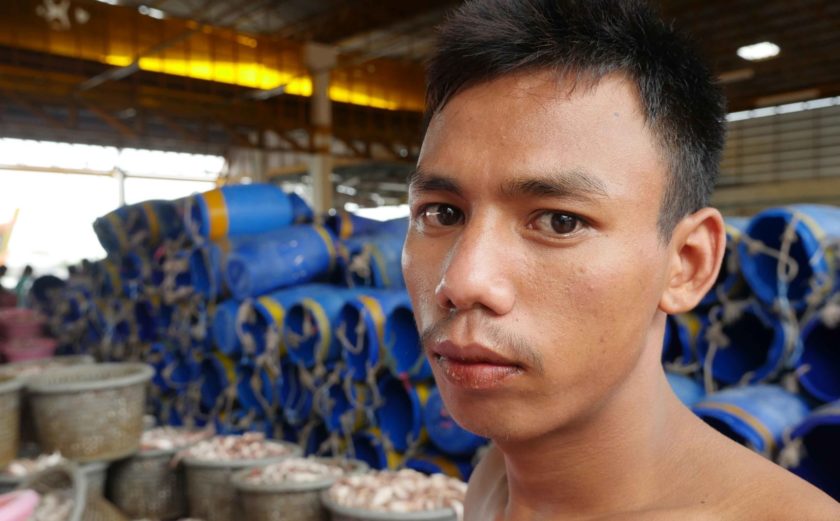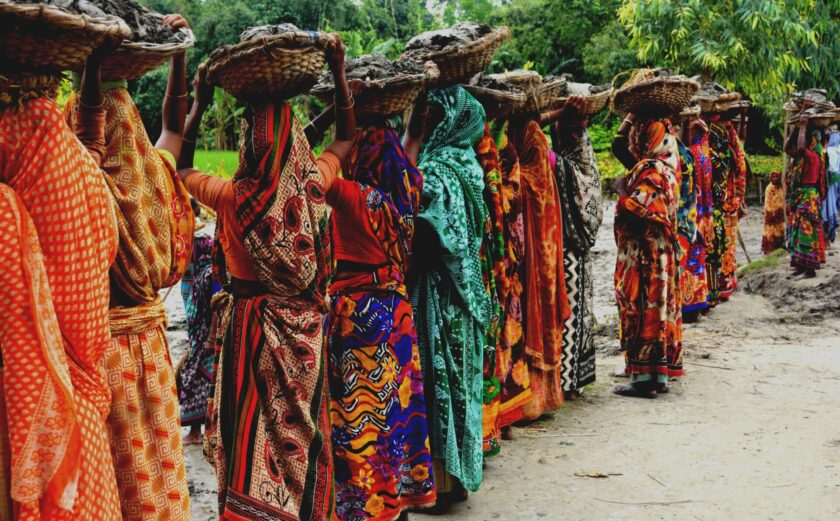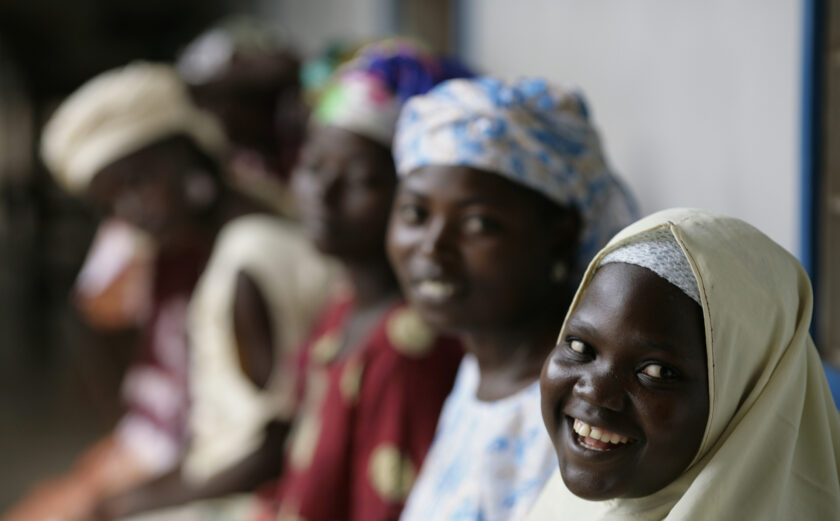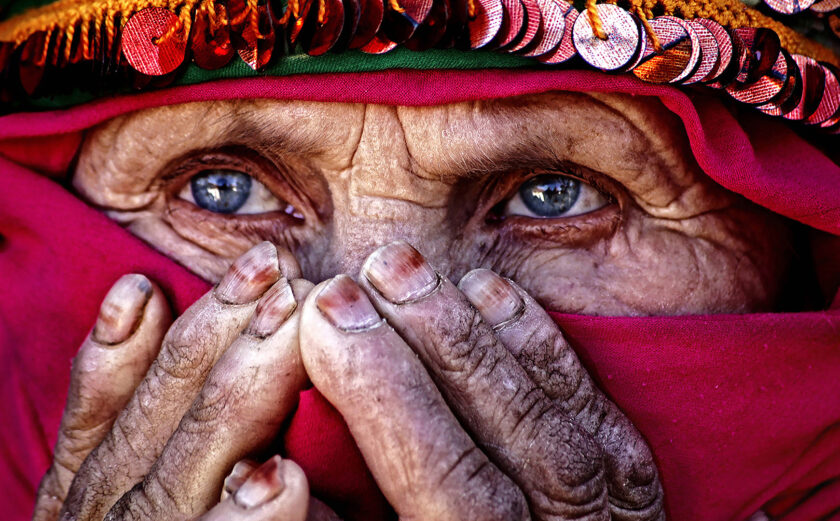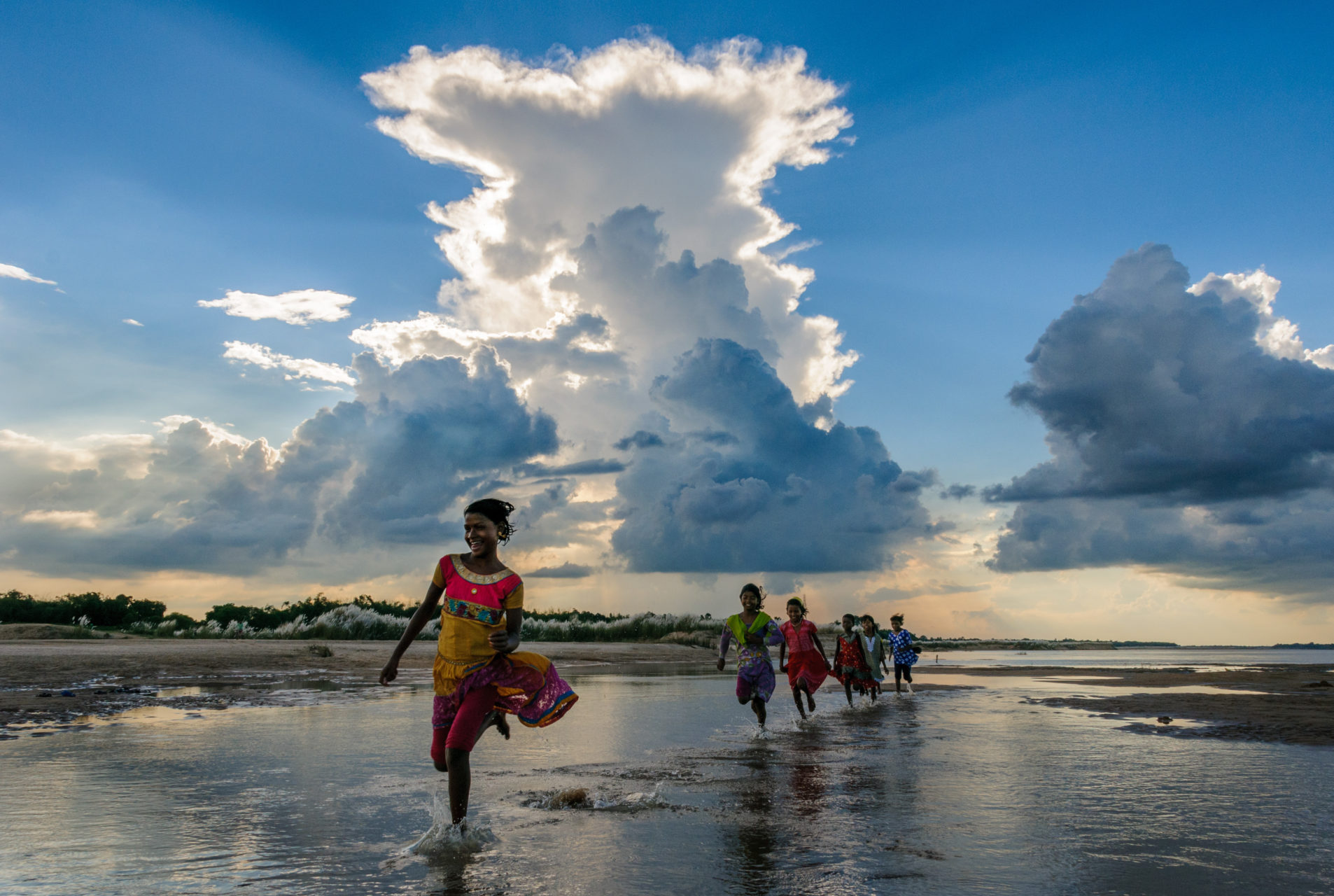
Accountable from Afar: Girls at the Border
I read about them in passing: a child-mother with breast milk stains on her shirt, holding a listless toddler; a girl raped en route to asylum after fleeing widespread sexual violence in her community; an adolescent risking her life to escape the man who sells her body.
These girls are arriving at the US border from South and Central America, and InterAction partners know how to respond to their needs because they have been responding to girls in global humanitarian crises for decades. But when we cannot respond, when services are not available, when adolescent girls are kept from humanitarian interventions, or when a teenage girl is denied her human rights to information, care, and services, our responsibility is not abolished. Our experience, knowledge, and humanitarian commitment hold us accountable to these girls, whether we are physically present with them or not.
Regardless of where they are in the world, adolescent girls in humanitarian crises face similar challenges. These girls are at disproportionate risk of sexual assault and exploitation. In humanitarian settings, gender norms are exacerbated, so we see a surge in gender-based violence in all its hideous forms, including rape. Girls are commodified, with trafficking and child marriage rates increasing in conflicts. Sexual and reproductive health needs soar, as does the need for comprehensive healthcare, including mental health.
We need to address sexual assault and exploitation. The dignity, safety, and human rights of girls must be restored.
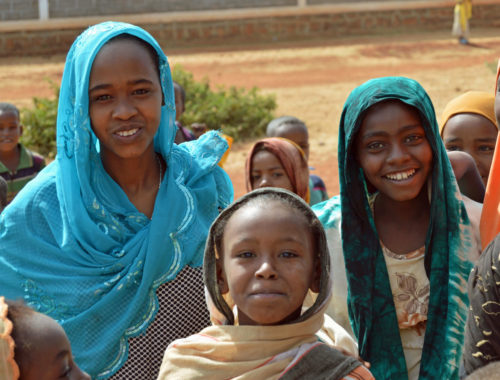
I have worked with girls who have survived trauma and hardship and, through targeted support, gained the coping skills they need to lead lives of dignity. I remember one adolescent girl from Syria who came to the Jordanian border. She was only 14 years old, and she had been abandoned by her husband after a stillbirth. She crossed the border with nothing, except lingering, life-threatening, childbirth injuries. At such a young age, she didn’t even realize that she had these injuries, as she was told that the excessive bleeding was punishment for her stillbirth. No one knew how she managed to make it to the border, and she grew mute when asked about her journey. But there she was- and collaborative inter-agency systems were in place to heal her body and restore her dignity.
I met another Syrian girl at an adolescent-girl friendly space in Azraq Refugee Camp. She was at a table with other girls, drawing pictures on a tri-folded piece of paper. The first fold showed her in a sad face at her wedding when the fighting came to town, her misguided parents believing that an adult husband would protect her from horrors of war. The second fold showed her crying and bleeding at the border with a dead baby at her feet. The third was strikingly different in that it showed a spark of hope: she drew herself walking amid tent after tent in the refugee camp, holding hands with two other girls at her side.
Piecing together the fragments of trauma, she was learning to cope, learning to heal, and learning that her past does not need to dictate her future.
As the crisis at the US border surges, I am comforted that InterAction member, Save the Children, is providing child-friendly spaces—like the one in Azraq—to support these displaced children. But the grave reality is that the numbers of vulnerable children are too high and the agencies too few. Many will slip through the cracks- and by focusing on the youngest and the weakest, many adolescent girls will become invisible.
As I read the news of this crisis at the border, I am reminded that the global humanitarian community does know how to respond— and that we remain accountable to people forced to flee whether we are physically present or not. Even if we are not able to provide services, we can, and we must, voice our knowledge and experience. Whether I’m in a refugee camp, in an office, or in my home, my commitment to girls in crisis remains.
![]()
